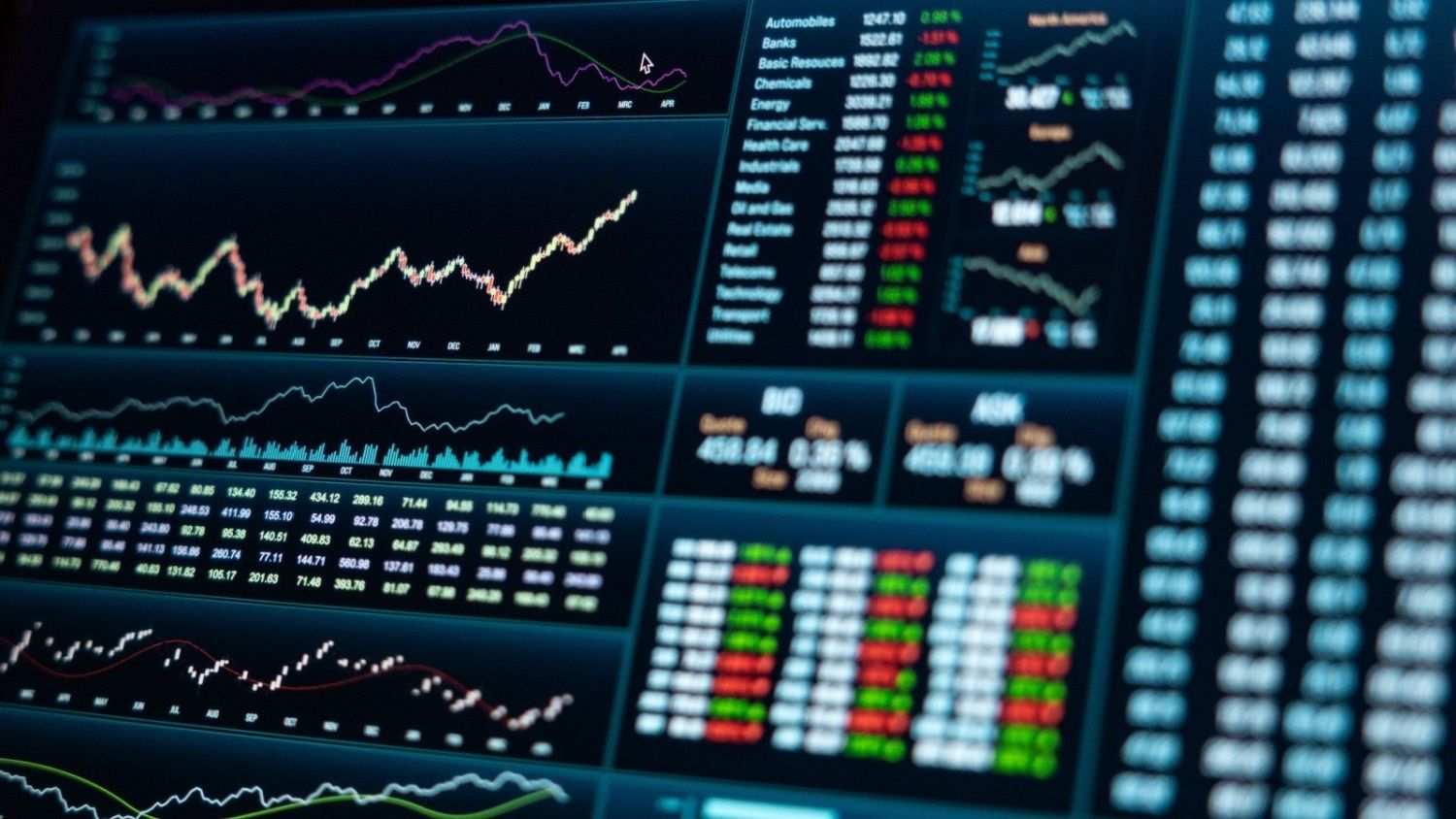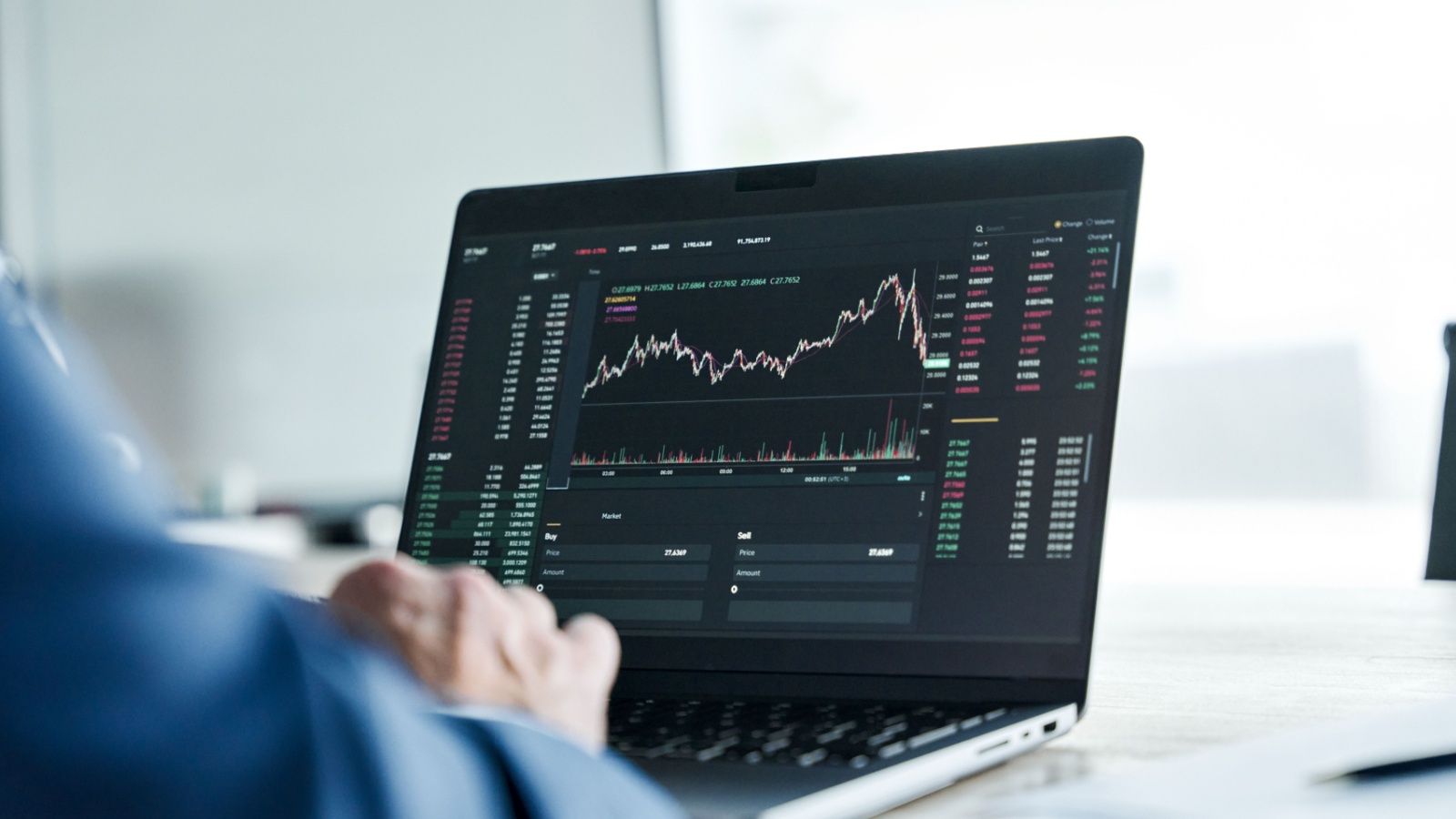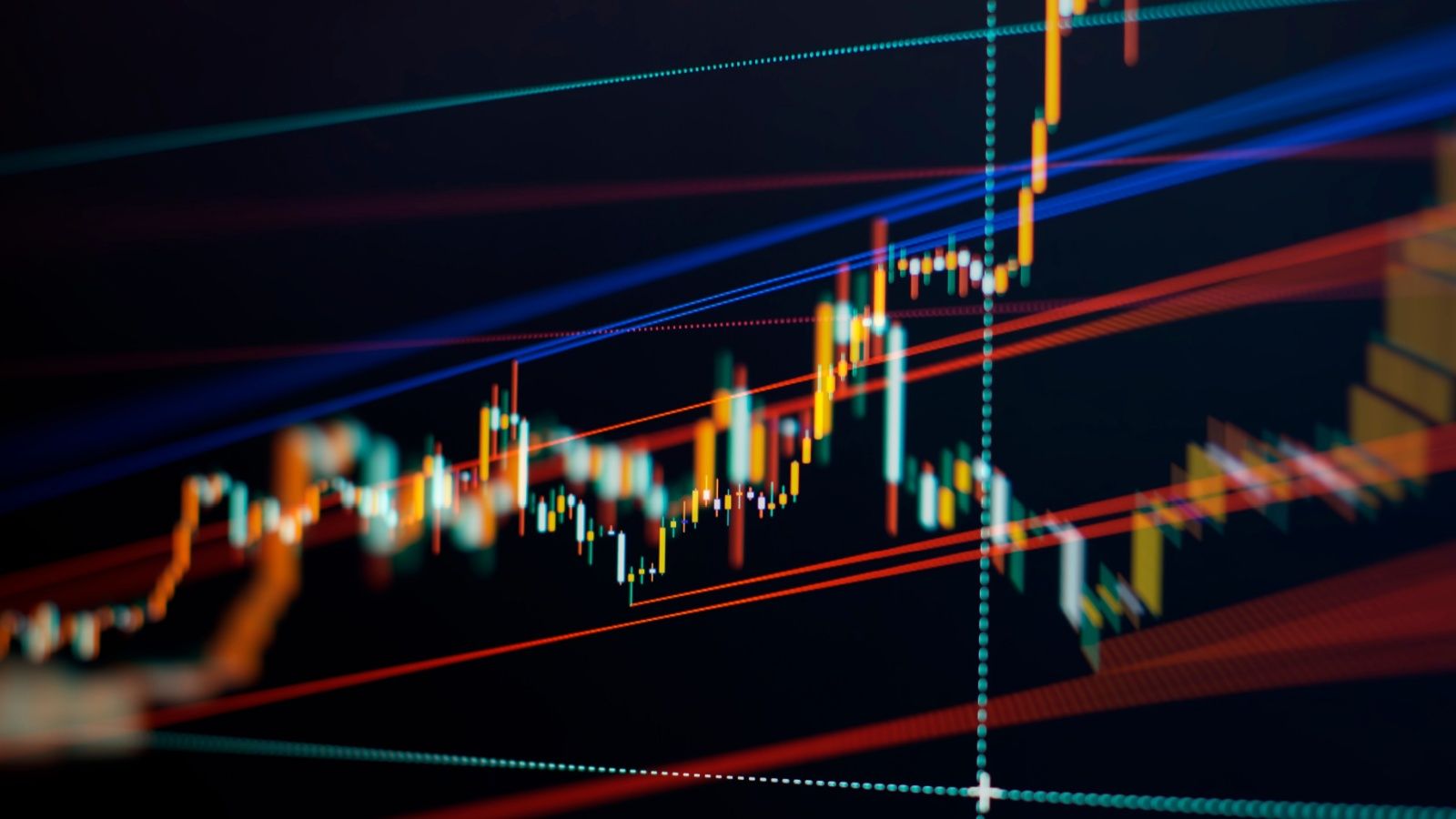What is Intraday Trading? - Meaning, Benefits, Features
Written by Subhasish Mandal
Published on December 23, 2025 | 2 min read

Intraday trading, commonly known as day trading, involves buying and selling shares within the same trading day. It aims to profit from short-term price fluctuations and volatility. In Intraday trading, shares are purchased, not with the intention to invest but for the purpose of earning quick bucks. In this intraday trading guide, let’s explore the benefits, features, and intraday trading indicators.
Features of Intraday Trading
Intraday trading is one of the riskiest types of trading which traders do in the financial markets. Traders monitor the stock price movements and use technical analysis to identify the buying and selling zones. Here are the features of Intraday trading:
No ownership of stocks
In intraday trading, traders buy and sell stocks in a single trading session before the market closes. Since the trades are settled on the same day, the trader does not have any ownership of the stock.
Leverage
In Intraday trading, you get leverage from your broker. Leverage increases your purchasing power by adding more quantity with less amount. A trader can buy more with the use of broker funds. It can amplify gains but also comes with associated risk.
Short Selling is possible
Short selling means selling at a higher price and buying it back at a lower price. In day trading, short selling is possible, but not when taking delivery of stocks.
How To Do Intraday Trading?
To do successful intraday trading, traders require market knowledge, effective risk management and the ability to adapt to changes in market conditions. Here are four step guide to do intraday trading:
Stock Selection
Identify the stock which is volatile and has a high trading volume. Add it to your watchlist and start observing the price behaviour.
Analysis
Analyse the selected stock/index with various technical analysis tools. One of the most commonly used tools is moving averages. Apply moving averages to the price chart to get an idea of the ongoing trend. Suppose the stock price is trading above the 20-day moving average, which indicates an upward trend and vice versa.
Traders also use volume and liquidity to predict the future price behaviour.
Trade Execution
After analysing, execute the buy/sell trade based on your analysis. You can buy at a low price and sell at a higher price on the same day. Interestingly, in day trading, short selling is also possible. Short selling means selling at a higher price and buying it back at a lower price.
Risk Management
While doing intraday trading its important to take calculated risks to avoid big losses. To limit the risk, use stop-loss orders.
Benefits of Intraday Trading
Intraday trading has many benefits for traders seeking short-term opportunities in the share market. Here are a few of them:
Most Common Intraday Trading Indicators
The decisions taken while doing Intraday trading are based on technical analysis. Here are a few most common indicators used for analysis:
Moving Averages
It is the most common and widely used technical indicator to identify the trend. When the stock price is above the moving average of a certain period, the stock is considered to be in an upward trend and vice versa.
Bollinger Bands
It is more advanced than the moving average. It consists of three lines. Upper band, lower band and middle band. The bands get wider during high volatility periods and get narrower in low volatility periods. When the price reaches the upper band, it is considered overbought, and on the lower band, it is oversold.
Relative Strength Index (RSI)
It is a momentum oscillator that measures the speed and change in the price movements. When RSI is below 20, the stock price is oversold, and RSI above 80 is overbought. The range between 20 and 80 is the neutral zone.
Intraday trading allows traders to capitalize short-term price fluctuations. This type of trading is highly risky and requires a skill set to make money from markets. Mostly, traders rely on technical analysis to make buy/sell decisions.
About Author
Subhasish Mandal
Sub-Editor
finance professional with strong expertise in stock market and personal finance writing, he excels at breaking down complex financial concepts into simple, actionable insights. Holding a Master’s degree in Commerce, he combines academic depth with practical knowledge of technical analysis and derivatives.
Read more from SubhasishUpstox is a leading Indian financial services company that offers online trading and investment services in stocks, commodities, currencies, mutual funds, and more. Founded in 2009 and headquartered in Mumbai, Upstox is backed by prominent investors including Ratan Tata, Tiger Global, and Kalaari Capital. It operates under RKSV Securities and is registered with SEBI, NSE, BSE, and other regulatory bodies, ensuring secure and compliant trading experiences.



















